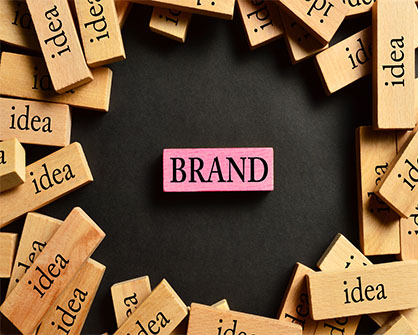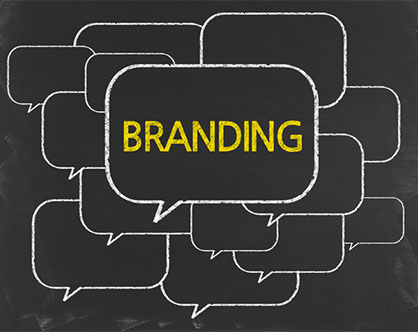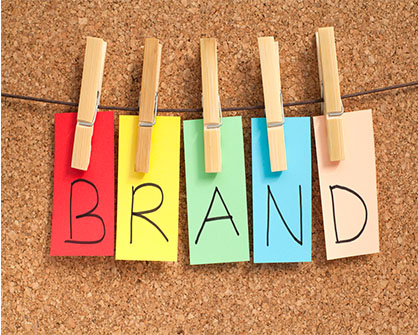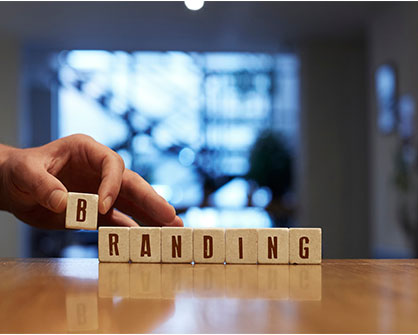The countdown is on! While launching a brand can seem like a daunting thing to do! Deadlines are looming and your ‘to do’ list is growing daily. With good organisational skills and the right approach you can make sure it all goes off (somewhat) seamlessly! There will inevitably be the last minute last minute piece of collateral that has suddenly landed on your plate, but who doesn’t like a bit of excitement! Follow our 5 essential tips to boost your brand launch!
1. Never underestimate a good list
Make a list of everything that you want to achieve – new logo, brand guidelines, business cards, merchandise, press releases, stationary, website, social media, signage etc.
Once you have a list of all items you would like to have at your disposal for the brand launch, weight each item in terms of how critical it is to have for the launch date. Now you have a list of all items needed in order of their priority.
2. Budget Realistically
Make sure to get accurate pricing for each piece of collateral on your list. Once you have these costs, you can assess which items are critical and affordable for your launch and which items won’t make the final cut.
One important piece of advice at this stage is not to cheap out on the merchandise, print or web materials. You have invested quite a bit of money and time on your new state of the art brand design, so don’t compromise the brand value now by producing the cheapest pens you can find. Perceptions are very important at the new launch stage of a brand, so guess what happens when you start handing out cheap pens? They end up in the bin, not a good start. Spend a bit more here and it will stand to you in the long run.
3. Strict Timelines
In an ideal world, you would have as much time as you need for such an important launch right? I’m afraid not, certain items have a very long lead time, and this is something you need to find out sooner rather than later to avoid any nasty surprises. Start with your brand launch date and work backwards. Using the weighted list, you can now assess what is feasible to complete within your allocated time and budget depending on design and production lead times. You will be amazed how quickly time flies when you have a concrete deadline, so don’t put off until tomorrow what you can do today.
4. Prepare Detailed Briefs
Sit down and think about each item individually, what do you envisage the final product looking like? What exactly are you hoping to get out of this piece of collateral? What content do you want to include? A good brief will give your design team a better idea of exactly what you are looking for, meaning the first proof will be closer to the final finished product. This saves both your time and the designers time and will also serve as a good exercise to really analyse what each piece of collateral is going to do to support your launch.
Get a second pair of eyes to look over everything. When you are very close to the ins and outs of a company, you would be surprised the things that you might overlook assuming this is common knowledge. Imagine that you are briefing this to someone who has never heard of your company.
5. Don’t forget your internal rollout!
It is important that your new branding and messaging resonates with your current and potential customers. In order for this to happen, your employees need to get on board first. New brands will often come with some internal change, so it is important to make sure that all your employees emanate your new brand values.
One way to do this is to have an internal brand launch before the external launch. Unveil your new brand and explain the decision making that led to the new branding and why it looks like it does. This level of involvement will help to make it an exciting time for everyone involved and help your employees buy into the new brand direction.
Give your employees useful gifts with the new branding on it, a nice pen and notebook goes a long way!
Some additional takeaways
Make a plan, make sure everyone is on board and then stick to it. Get approval on initial direction from the top so that there are no speed bumps further down the line that could cause delays and cost money.
If you are rebranding as opposed to launching an entirely new brand, don’t be sentimental. Out with the old and in with the new! Get rid of anything with old logo and branding as this will help drive the new brand forward.
Talk, talk, talk! Social media is a great way to build momentum ahead of a brand launch, share photos during it, and thank everyone afterwards.
Finally… launch and never look back!
Mark Sheehan, Account Manager
The IDEA team has created and implemented many well known brands and would be delighted to discuss any aspect of your brand with you. Initial meetings with our team are free. Call us on 01 2500050.




